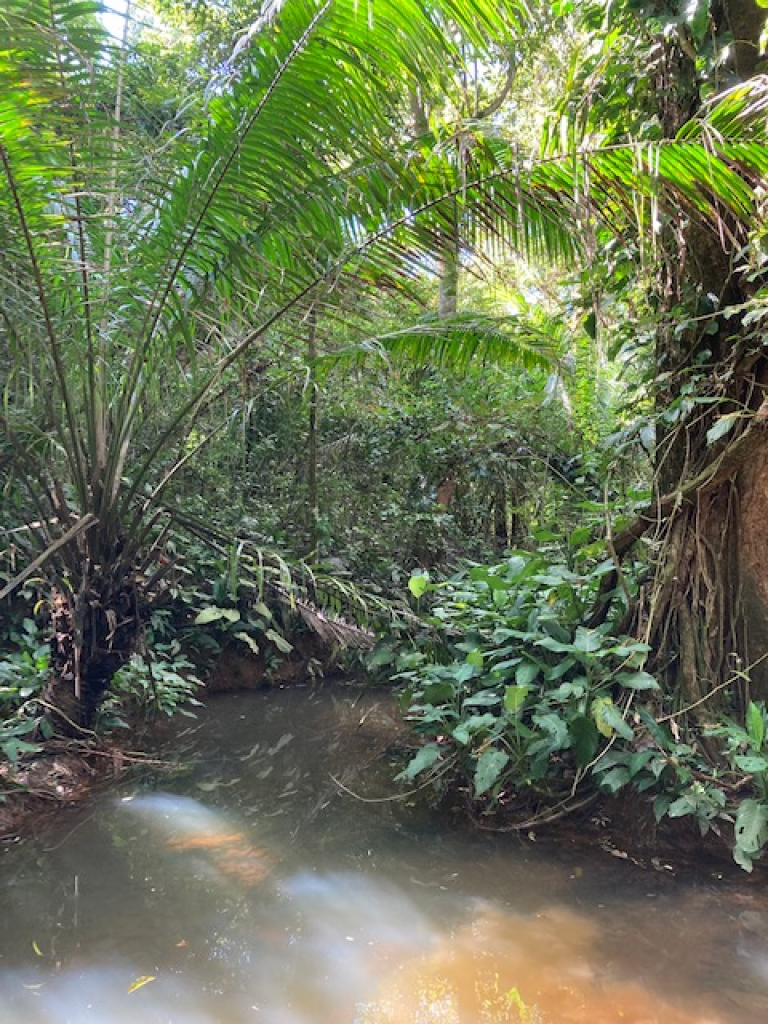Biodiversity finance is the expenditure that contributes (or intends to contribute) to the conservation, sustainable use and restauration of biodiversity (OECD 2020)[i]. Biodiversity finance can be sourced from public and private sources. It can be mobilized and delivered through a number of different financial instruments and mechanisms which can both be domestic or international.
The goal of biodiversity finance is to create economic incentives within both public and private financial sources to preserve the world’s biodiversity and stock of natural capital and guarantee a sustainable flow of ecosystem services for the future (Global Canopy 2021)[ii].
Existing biodiversity financing systems are organized similarly to carbon financing, i. e. there is a distinction between biodiversity offsets/compensation required by law (compliance driven), and biodiversity compensation instruments for voluntary action. In both cases, the source of financing tends to mostly come from private sources. However, the bulk of the total current financing of biodiversity comes from public finance systems, further explained below.
As an illustrative example of the complexity and maturity of different types of financing, we can take a look at Payments for Ecosystem Services (PES) – which is one increasingly popular way to finance biodiversity restoration and protection. Among PES we find various types of offsets and credits. PES is defined as the exchange of value for land management practices intended to provide or ensure ecosystem services (Salzman et al 2018)[iii]. There are generally three groups of PES mechanisms: government financed, user financed and compliance PES. Offsets are the PES used for biodiversity and habitat restauration aiming at no net loss. These are oftentimes a compliance requirement. Offsets are the least developed sector within the PES with 120 programs in 36 countries, out of which 16 are user financed and the rest is compliance induced. Voluntary biodiversity offsets are even less frequently occurring and are a recent development. Mitigation credits are a growing phenomenon, mostly in developed countries and are estimated at USD 3,6 billion in annual transactions. Perhaps most talked about at this point in time are the forest and land-use carbon offsets which are likely to reach USD 1 billion in annual transactions this year (2021).
Rather than being single instruments, the above-mentioned initiatives are usually a combination of mandatory regulations, voluntary engagement and direct public agency actions.
Right now, there is a visible increase in interest from investors to engage in biodiversity projects. A couple of promising examples to keep an eye on are the Rhino Bonds and The Rimba Collective, which I will describe in more detail next time.
One can conclude that there are several instrument options for an investor to finance biodiversity projects or businesses. However, studying the above-mentioned examples, it is clear that there is no single methodology or standard at this point in time, making it complicated and difficult to compare different initiatives in terms of biodiversity efficiency and financial performance.
[i] OECD, A Comprehensive Overview of Global Biodiversity Finance, Final Report 2020. (p 7-7)
[ii] The Little Book of Investing in Nature, A simple guide to financing life of Earth. Global Canopy 2021. (p 45) https://globalcanopy.org/wp-content/uploads/2021/01/LBIN_2020_EN.pdf
[iii] Salzman J., Bennett G., Carroll N., Goldstein A., Jenkins 2018. The global status and trends of Payments for Ecosystem Services. Nature Sustainability, Vol 1, March 2018 (p 136, 138)




